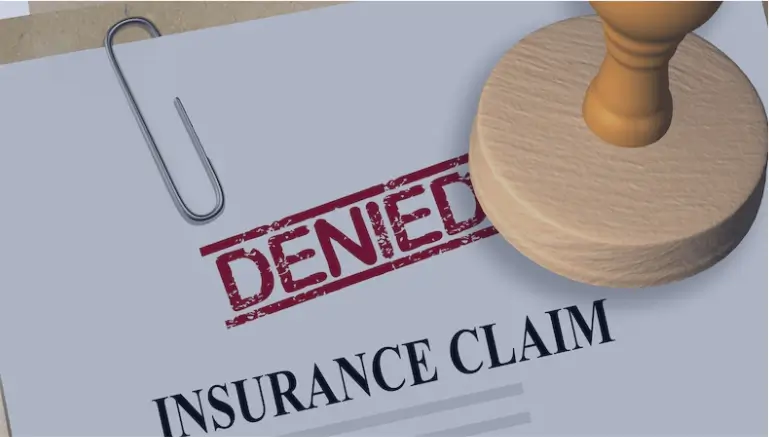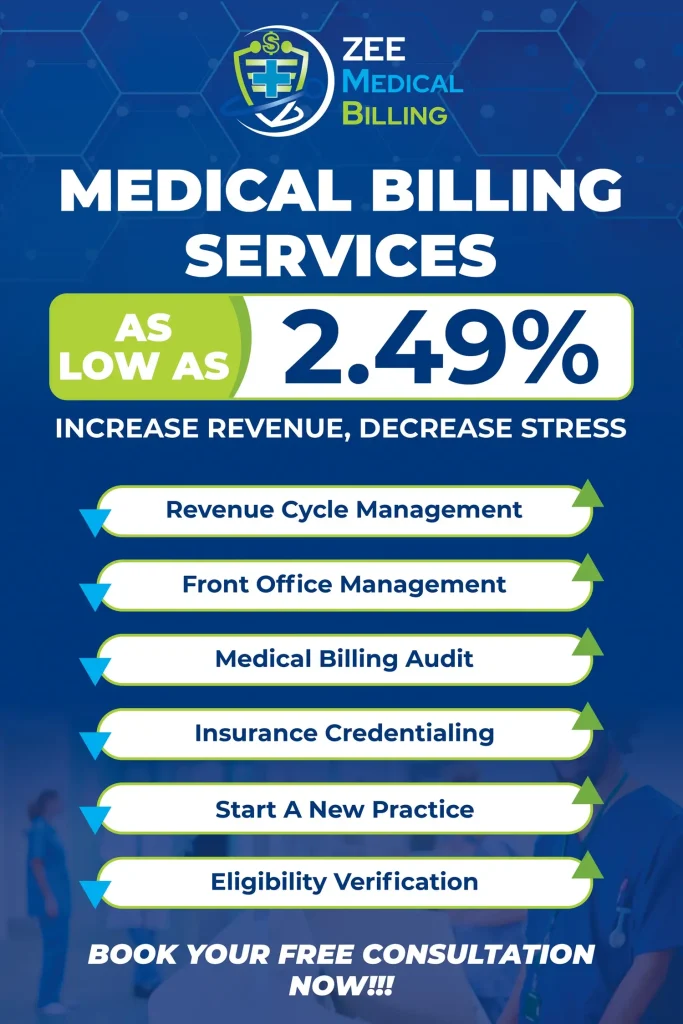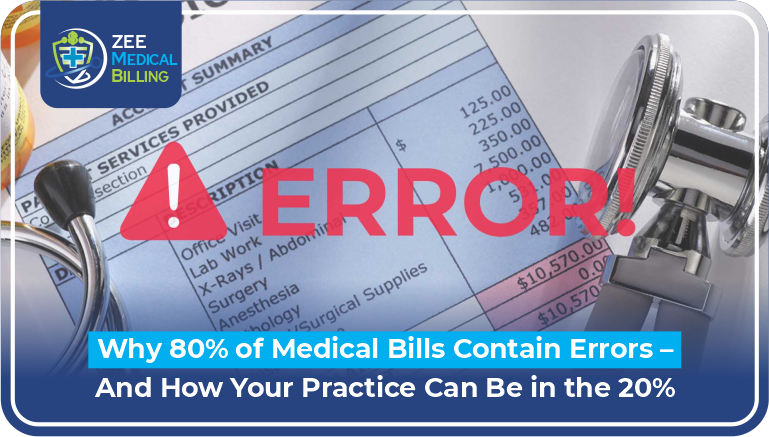When an insurance claim is denied, it can be inconceivably frustrating. The offer handle can sometimes feel overpowering, whether it’s health, auto, or domestic protection. However, you can increase your chances of effectively overturning a denied claim with the right approach. Here’s a step-by-step guide on how to request a denied protections claim.
1. Get Why Your Claim Was Denied
The first step is to get the reason for the denial. Insurance companies are required to give a written explanation of the refusal, regularly referred to as an Explanation of Benefits (EOB) or denial letter. The letter should include:
- The particular reasons your claim was denied.
- Any lost or incorrect information.
- The significant clauses or policy provisions.
If the reason for refusal is vague or appears incorrect, you can contact your protection company’s client benefit or claims office for clarification.
Read More: Process for Insurance Credentialing for Therapists and Doctors
2. Review Your Protections Policy
After understanding why your claim was denied, carefully review your protection policy. Pay close attention to:
- The terms and conditions, particularly the scope limits.
- Any avoidances or exceptions?
- The necessities for recording claims, such as time limits or documentation.
By understanding your approach, you’ll be in a way better position to contend that the denial was unjustified if the scope was, in reality, valid under the terms of the agreement.
3. Gather All Pertinent Documentation
You will be required to give compelling evidence to back your offer. A few of the reports you might require include:
- Medical records (for health protection claims).
- Bills and receipts appear for the services or damages.
- Photos (for auto or domestic insurance claims).
- Correspondence from your protection provider.
- Expert opinions (e.g., from specialists or contractors).
Make beyond any doubt your archives are total, organized, and clearly illustrate why your claim should have been approved.
4. Compose a Solid Offer Letter
Your appeal letter should be clear, brief, and assertive. Here’s what to include:
- Your contact data, including your arrangement number.
- A detailed clarification of why you accept the claim was wrongfully denied. Address any misinterpretations or errors made by the protection company.
- A list of supporting archives you’re submitting with your appeal.
- A request for reconsideration of the claim.
Remember, be polite but firm in your ask. Guarantees are more likely to react positively to well-written, proficient communication.
Read More: Top 5 Common Medical Billing Mistakes and How to Avoid Them
5. Submit Your Request within the Time Frame
Most insurance approaches have strict deadlines for recording an offer. These due dates can shift, but you regularly have 30 to 60 days from the refusal date to submit your offer. Be sure to:
- Check your arrangement for the correct timeline.
- Send your offer via certified mail or another trackable method to ensure it’s received.
- Keep copies of all the archives and correspondence for your records.
6. Follow Up on Your Appeal
Once you’ve submitted your request, don’t expect everything to be dealt with automatically. Be proactive:
- Call the protections company to affirm that they’ve received your request and inquire about an estimated timeline for a decision.
- If you don’t get a reaction in the expected time, take time off routinely to check on the status of your appeal.
- Keep point-by-point notes of each discussion, including dates, names, and key details.
7. Consider Getting Help from a Professional
If your request is complex or if you’re not getting the comments you need, consider hiring an expert. Professionals like insurance adjusters, attorneys, or open adjusters can offer important help, particularly if your case includes noteworthy financial stakes. They get the protections industry and can offer assistance to help you explore the request and handle it more effectively.
Read More: Health Insurance Credentialing: A Guide for Providers
8. Be Prepared for a Second Denial
While it’s disheartening, your request may be denied once more. If this happens, you have a few options:
- Request an inner review: A few insurers offer a moment-level internal review.
- File a complaint: You can file a formal complaint with your state’s protection department.
- Take legal action: If you believe your claim was wrongfully denied and the debate remains unresolved, you may need to consult a lawyer and consider filing a lawsuit.
9. Know When to Accept the Denial
In a few cases, the refusal may be advocated, and there may not be any reasonable grounds for a request. If encouraged attempts to offer are unsuccessful, you may need to weigh the costs of seeking legal action against the potential payout. Consider the financial suggestions of continuing with the offer and survey whether the claim is worth advanced time, exertion, and resources.
Conclusion
Appealing a denied insurance claim can be a time-consuming and challenging process, but it is conceivable to achieve victory if you follow the right steps. By understanding your arrangement, gathering strong proof, composing a clear request, and being persistent, you provide yourself the best chance of reversing the choice. If essential, search for proficient help and don’t be afraid to raise the issue if things don’t go in your favor to begin with. With persistence and diligence, you can effectively request a denied insurance claim.


























